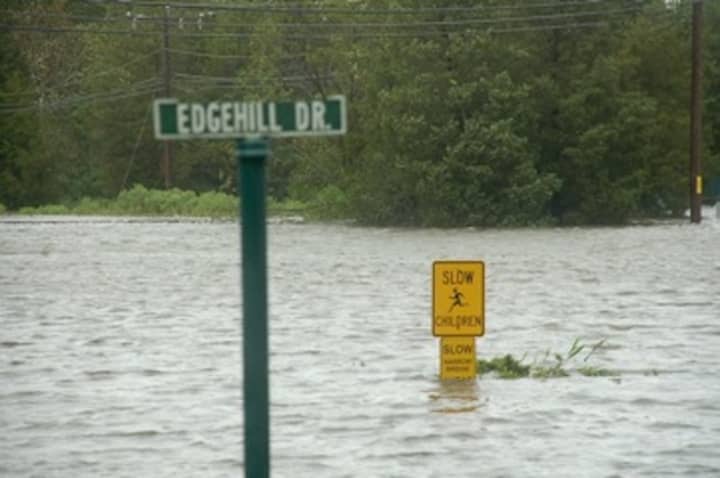Hurricane season runs from June 1 through Nov. 30. Forecasters at the National Oceanic and Atmospheric Administration say there is a 45 percent chance of an above-normal season, a 35 percent chance of a near-normal season, and only a 20 percent chance of a below-normal season.
The NOAA predicts there could be 11 to 17 named storms with winds of 39 mph or higher. Of these named storms, five to nine could become hurricanes, including two to four that could become major hurricanes. These major hurricanes would be Category 3, 4 or 5, with winds of 111 mph or higher. An average season produces 12 named storms, of which six become hurricanes, including three major hurricanes, according to the NOAA.
These numbers include Tropical Storm Arlene, a rare pre-season storm that formed over the eastern Atlantic in April. The 2016 season was the most active since 2012, with 15 named storms, including seven hurricanes and four major hurricanes.
NOAA said that it will be using new modeling, observing, forecasting and communications tools this year to improve hurricane warning capabilities and aid public readiness. These include a new satellite with sophisticated cameras and instruments, as well as high-resolution hurricane models to improve forecast guidelines, and tools for the public to receive warnings and track the progress of storms.
Even though the peak of the season is not expected to hit until August, residents should still be prepared in case a storm hits.
"Regardless of how many storms develop this year, it only takes one to disrupt our lives," said Acting FEMA Administrator Robert J. Fenton, Jr. "Get ready now with these easy, low-cost steps that will leave you better prepared and will make all the difference: Have a family discussion about what you will do, where you will go and how you will communicate with each other when a storm threatens; Know your evacuation route; tune into your local news or download the FEMA app to get alerts, and finally – listen to local authorities as a storm approaches.”
Families should build emergency preparedness kits that include water, non-perishable foods, medications, battery-powered radios, flashlights, first aid kits and cell phone chargers.
Residents can also check out Ready.gov for more information and resources to prepare for hurricanes. The state of Connecticut has also compiled a handy guide to preparing for hurricanes and other emergencies. Sign up for Connecticut Emergency Alerting so you can be notified when a storm is coming, and follow the National Weather Center, town officials and local media to stay up-to-date on information as it happens.
Click here to follow Daily Voice Brookfield and receive free news updates.




